The "status" of the door and window glass in the door and window system can be visible to the naked eye, which accounts for more than 75%of the share, so that people have to pay attention to their various performances, especially for owners who need to change the window for decoration. Issues related to doors and windows are not so professional, just like small and white doors and windows.
So for doors and windows, what do you understand? Today, the little eagle is from the perspective of the glass parameters of the doors and windows. Which parameters are worthy of understanding ~
The heat transfer coefficient [K]
The first thing to understand is that the K value is (called U value in the United States), and the K value refers to the unit area (usually 1 square meter), the unit temperature difference (usually refers to the difference between the indoor temperature and the outdoor temperature under certain conditions under certain conditions under certain conditions. Generally 1 ° C or 1k), the number of scorched ear conveyed during the unit time.
To put it simply, K value represents the insulation and thermal insulation performance of the doors and windows. The larger the K value, the worse the thermal insulation capacity, and the more energy loss. From the definition point of view, the larger area and window glass, naturally bear more insulation performance, so it is very important to understand the glass K value.
However, it should be noted that the overall K value of the doors and windows is also related to the sealing performance and the frame, which is not limited to the K value of the glass.
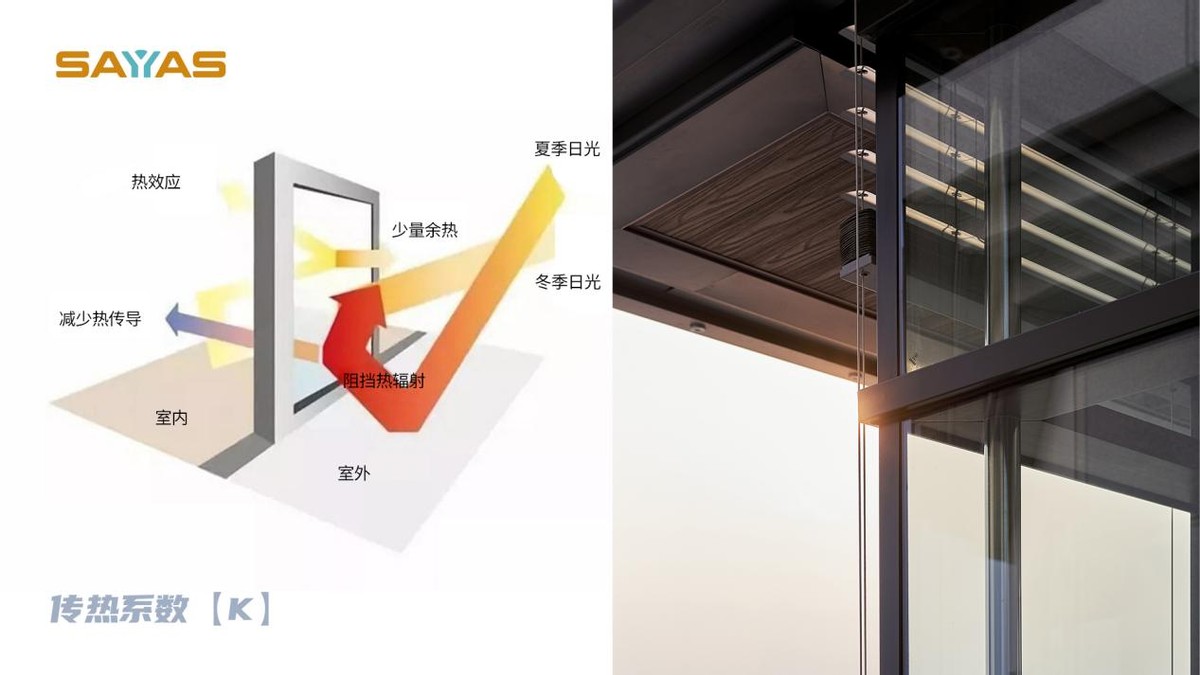
Shading coefficient [SC]
The ratio of the total transmission ratio of the solar radiation in the glass shade coefficient is the ratio of the solar radiation of the solar radiation of the 3mm thick colorless and transparent flat glass. To put it plainly, it means that the effect of glass on the sun is covered. The smaller the sunshade coefficient, the better the performance of the sunlight heat to the indoor radiation.
So what does the shade coefficient have to do with us? It is very simple. If you are in the area, the sun is extremely bright, and you do n’t like it, so the better the sunshade effect of the glass, the more comfortable you can live.
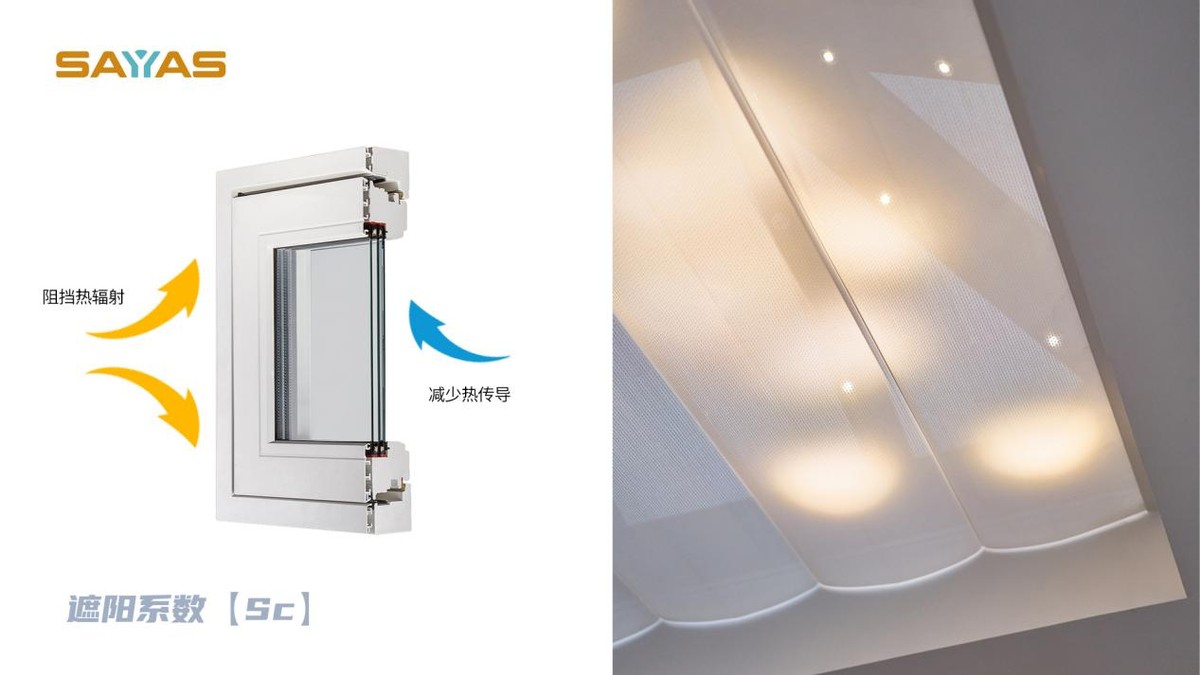
Solar total transmission ratio [SHGC]
The total transmission ratio of solar energy is also known as the thermal coefficient of solar energy. It refers to the calories and transmission of the transmission of light transmittance (doors and windows or light -transmitting curtain wall) in the solar radiation room through the transmittance of the transmittoma (doors and windows or light -transmitting curtain wall) The ratio of solar radiation. Simply put, it is a parameter that can comprehensively display glass to the thermal barrier.
It is worth mentioning that SHGC can be directly calculated or measured, and the shade coefficient SC cannot be directly calculated or measured, and can only be converted from SHGC. The formula is: shade coefficient SC = solar energy thermal coefficient (SHGC)/flight ratio. When the SHGC value of the glass increases, the sun will shine more heat into the room; if the time is reduced, more heat will be blocked.
It can be said that the thermal insulation performance of doors and windows is mainly reflected by the K value and SHGC value. The thermal insulation performance is determined by the U value, and the thermal insulation performance is determined by the SHGC value.
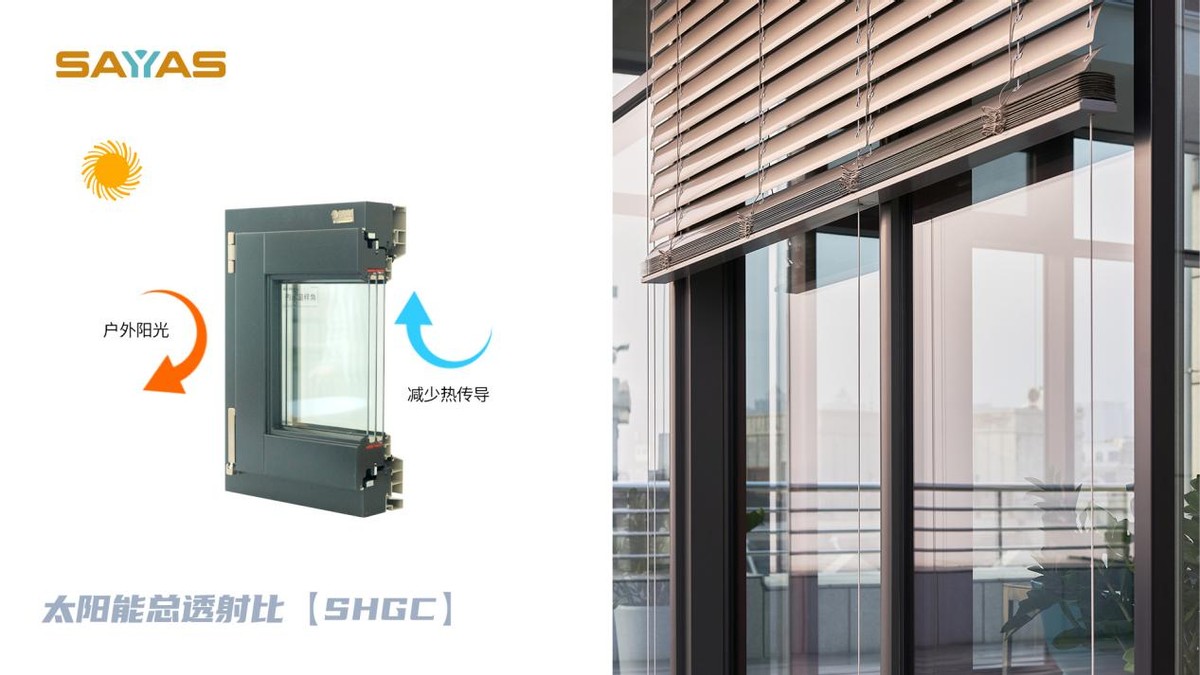
Relatively hot gain
Relatively hot gain is the last data term that Little Eagle wants to share with you. This data is an indicator for reflecting the comprehensive energy saving of glass. 3mm transparent, 1 square meters) glass plane at 30 ° of latitude of the earth, and the sum of heat radiation from the sun and the calorie transmission of indoor calories through the glass.
The greater the relatively heat increase, the more calories obtained in the room, the worse the energy saving effect of the glass. Because the indicator is given when the outdoor temperature is higher than the indoor temperature to indoors and solar energy is given at the same time, it is given at the same time, so it is particularly suitable for measuring low latitudes and long sunshine.
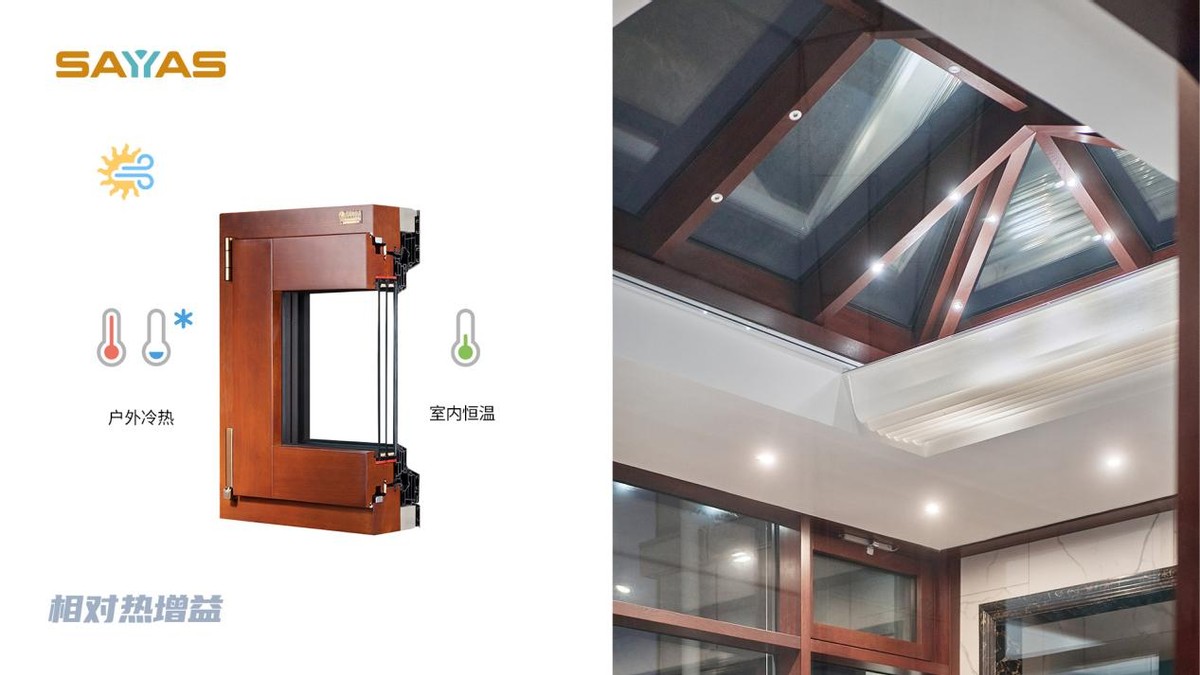
Summarize
The above four -point data term is what the little eagle wants to share with you. After understanding these parameters, you can intuitively judge the glass insulation capacity of the glass when buying the window. If you want to isolate the sun, want more insulation, or want the sun, you don't want to be too hot.
It should be noted that if there is no solar radiation in the environment, the indicators reflecting the glass thermal insulation ability are only K values.
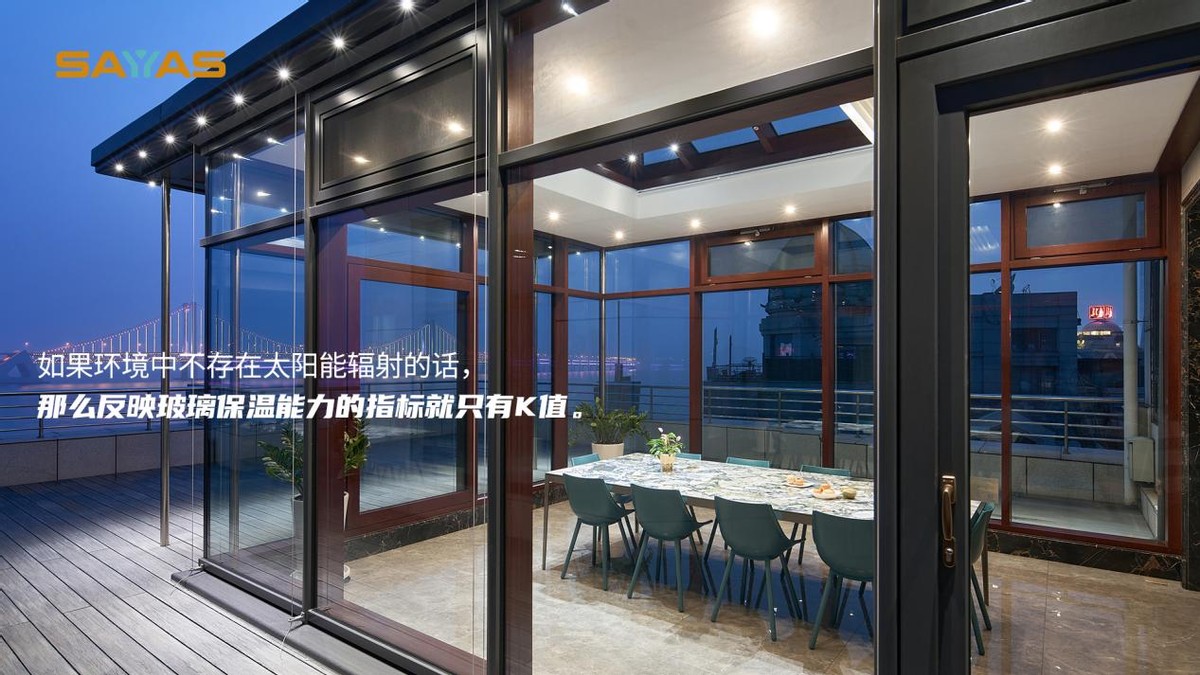
The dedication to the door and window glass has not stopped for a moment. It not only took the lead in establishing an independent glass deep processing workshop in the industry, but also more than ten production lines and more than 100 processing and testing procedures to ensure that each window used glass used glass applied It can meet the production standards required by the state and bring customers a warm and cool living environment.
Tel.
400-6700-999
Address
Address of Shuangcheng factory:
Crossroads of Songhuajiang Road and Xing'an Road, New Industrial Park, Shuangcheng Economic Development Zone, Harbin
Address of Haxi factory:
No. 9, Xinnong Road, Nangang District, Harbin
Address
Address of Nanjing factory:
No. 18, Zhonghuan Road, Jiangning District, Nanjing
Address of Nanjing office building:
Building F, Shimao 52 +, Yuhua District, Nanjing
JD official flagship store

Tmall official flagship store
